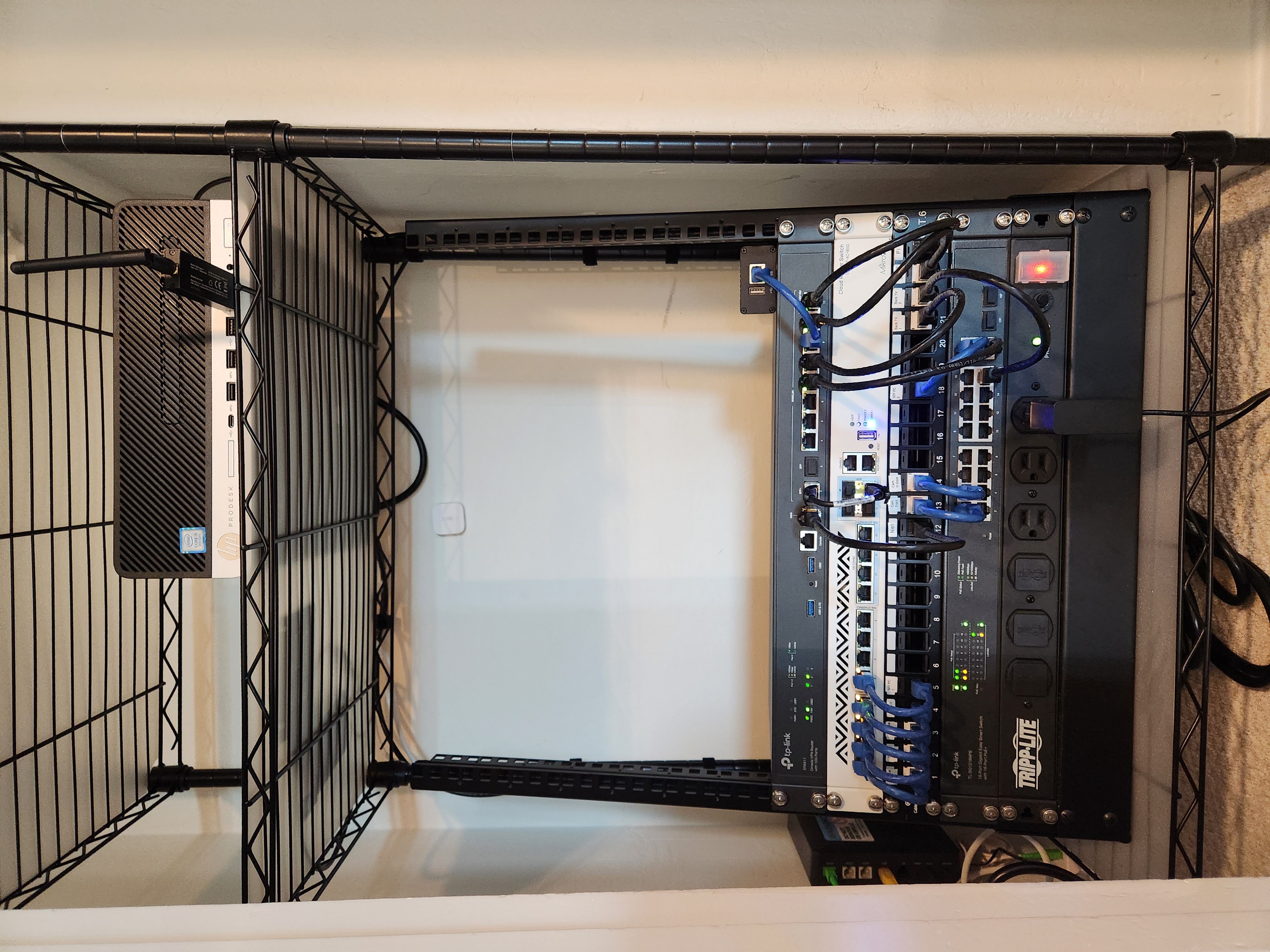I think Cloudflare enshittifying is a bigger risk that Let's Encrypt.
dan
ZeroSSL, plus a few paid companies support ACME (I know Sectigo and GoDaddy do). Sure, the latter are paid services, but in theory you can switch to them and use the exact same setup you're currently using with Let's Encrypt, just with some config changes.
They also made it a open protocol (the ACME protocol), so now there's a bunch of certificate providers that implement the same protocol and thus can work with the same client apps (Certbot, acme.sh, etc). I know Sectigo and GoDaddy support ACME at least. So even if you don't use Let's Encrypt, you can still benefit from their work.
I remember the days when each site that wanted to use SSL had to have a dedicated IP.
Why not script it so you don't have to do it manually?
TLS certificates have huge margins, so web hosts love selling them.
I'd also argue that the fact that it's 100% automated and their software is open source makes it objectively more secure. On the issuing side, there's no room for human error, social engineering, etc.
At least here in California, having solar panels on a non south facing roof usually only reduces production by 10-20%, as long as it's not entirely north facing. Solar systems are often slightly undersized - it's more cost effective to size it so it handles average load rather than the summer peaks you only see for a few weeks per year - so the actual difference for a given system may be less.
With my system, I see the best output from south-east facing panels since they get the morning sun. West facing panels are also fairly popular here due to time-of-use electricity plans. Some electricity plans have peak pricing from 4 to 9 pm, so people want to try and collect as much sunlight as possible during that period before sunset.
They're installing ridiculously small systems so that they're barely compliant, but the systems aren't very useful to the people that buy the house.
I don't think I know enough to answer that question, sorry!
They use a mixture of Windows and Linux. They do use Linux quite a bit, but they also have a lot of Hyper-V servers.

Shouldn't be too difficult to swap it out for ZeroSSL. You'd need to remember to update CAA records though.